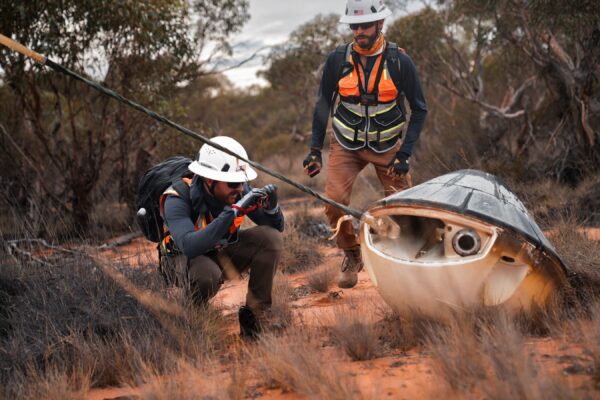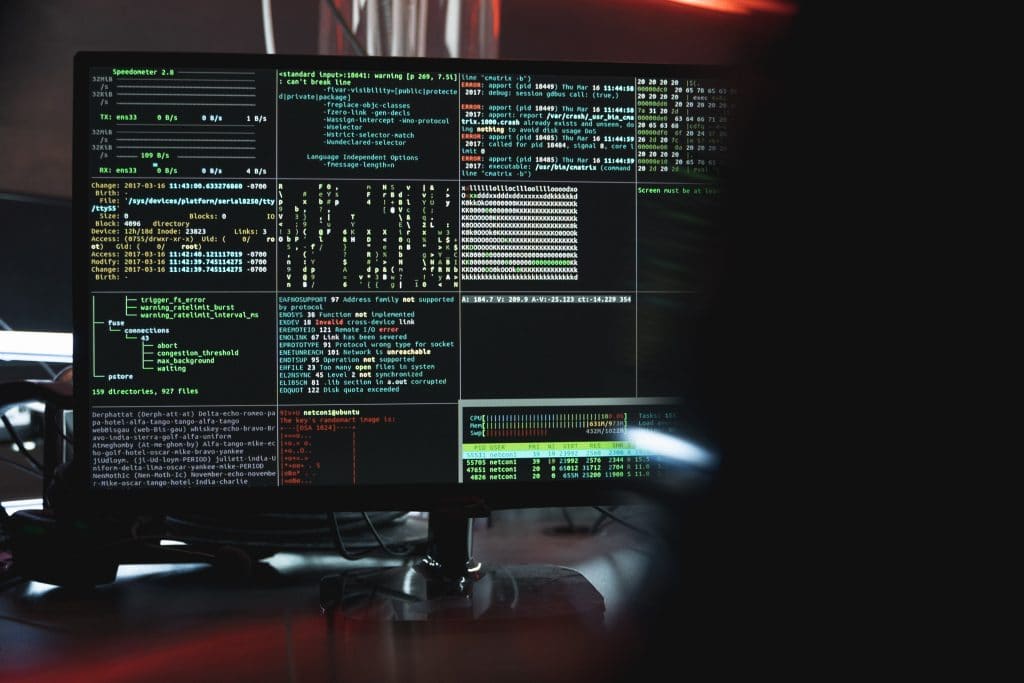The W2 pharmaceutical capsule, belonging to US microgravity firm Varda Space Industries, was launched into orbit on January 14 from Vandenberg Space Force Base in California.
It spent 45 days orbiting Earth before re-entering the atmosphere at more than Mach 25 (25 times the speed of sound) and landed on SA soil on February 28.
Varda specialises in orbital manufacturing; it uses the conditions of space to produce goods like some medicines that cannot be manufactured on Earth.
SA Space Industries Minister Stephen Mullighan says the re-entry and landing is a “landmark achievement for South Australia and the national space industry”.
“This milestone not only solidifies our position as a global leader in space launches and returns but also opens up commercial opportunities, attracting international attention and investment,” he says.
Trade and Investment Minister Joe Szakacs says there is a “huge opportunity” for SA to benefit from scientific and commercial results of microgravity manufacturing such as pharmaceuticals, fibre optics and chemical processes that focus on crystalline structures.
Southern Launch CEO Lloyd Damp says of the re-entry: “This mission marks an incredible step forward for Australia as a focal point for re-entries.
“The Koonibba Test Range is fully instrumented with telemetry, radars and ground and airborne optical and spectral image capture capabilities.”

COMPANY REACTION
“We are ecstatic to have W-2 back on our planet safely and are proud to support significant re-entry research for our government partners as we continue building a thriving foundation for economic expansion to low Earth orbit,” Varda CEO Will Bruey says.
The company says the capsule carried a sensor developed by the (US) Air Force Research Laboratory (AFRL) and used a heatshield developed in collaboration with NASA.
It carried research to help expand their pharmaceutical processing capacity and capability and a sensor to monitor the plasma environment of re-entry, a company statement said.
The AFRL and Varda are partners in a program called Prometheus to allow the US military to accelerate tests of high-hypersonic systems through a low-cost commercial flight testbed.
Another two Varda re-entries have been approved for Koonibba Test Range, the company says.






